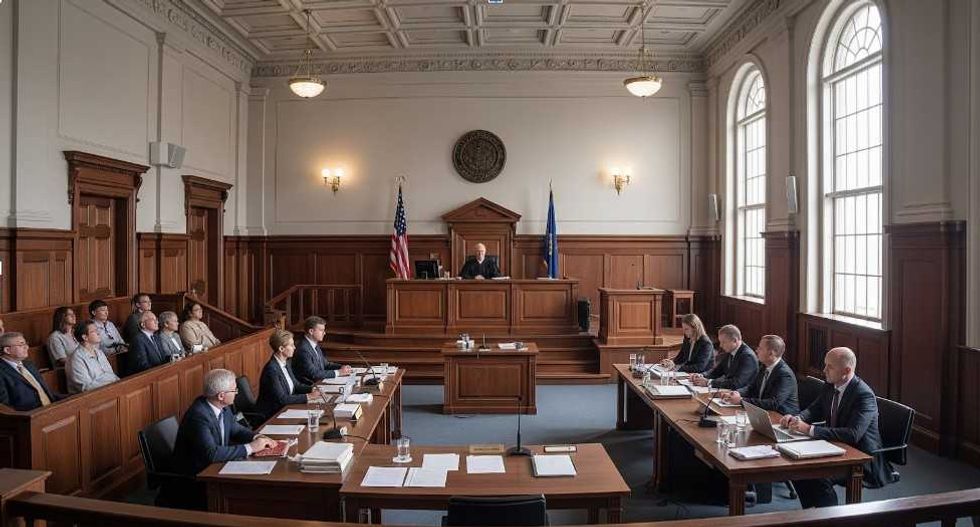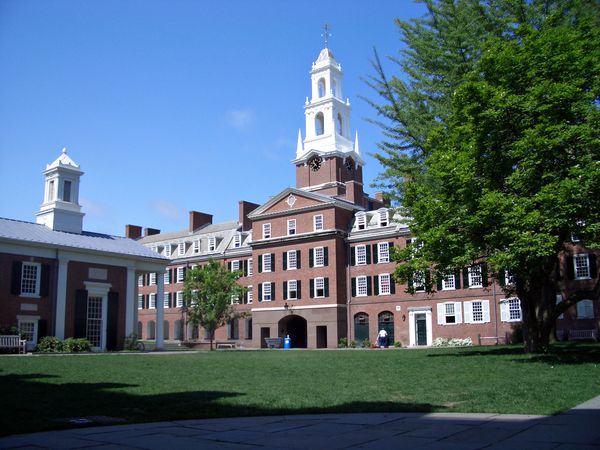Diversity has always been a contentious issue on college campuses. It seems that diversity is often used as an image, a badge of honor to boast about and attract prospective students to the university. When we suggest that we should strive for diversity, what does this actually mean?
The “For the Green & Gold” (a spin on the College of William and Mary’s fundraising campaign, For the Bold) video has recently been circulating around the campus community. Students Jillian Bates, Julian Iriarte, Meronne Teklu and Felicia Wong created this video for their class, Sex and Race in Plays and Film: Dramatizing Diversity. It touches upon the subject of diversity, specifically at William and Mary, and incorporates a wide variety of student opinions. Watch it below.
The message I gathered from this video is simple, but very important: the discussion on diversity needs to be expanded and more people need to be involved. Diversity is not only a subject that we can use to boost our image as an institution: it is a crucial matter that must be addressed beneath the surface level. True diversity means inclusion, acceptance and meaningful representation.
The video raises some very important questions: “How do we talk about diversity with those who are unwilling to engage? With those who do not know how to engage? With those who are scared to engage?” (at 5:18 into video). It seems that the only people who talk about these issues are the ones who are already educated on the subjects and have formed solid opinions. While this is great, it is not enough.
At 4:40 in the video, a student expresses an all-too-common concern: “I didn’t feel I knew enough on certain subjects to actually participate in the conversation. A lot of political and social issues that are going on right now, a lot of times people would ask me how I felt about the subject and a lot of times I really just don’t want to give an answer because I just don’t know. I haven’t learned enough or seen enough in order to make a good decision... form a good viewpoint.”
The people who are not yet engaged in the conversation are the ones who we need to engage. Many people are hesitant to join in for fears of being uninformed or saying something offensive. Through education and fostering genuine discussion, we need to engage the entire campus community with the issues. This also means that people have to care, and that they must be willing to participate.
To people who are already interested in issues of diversity and race, one aspect of the video may have stood out: At 1:47, a student comments “... with the hashtag Black Lives Matter, it wasn’t really intended to offend other races, but I appreciated when other people started stepping up with the All Lives Matter, because I definitely think it was an excluding sort of situation.”
It has been extensively discussed that #BlackLivesMatter is, as noted, not meant to offend other races at all. It is a call to action, a way of pointing out the fact that the police force, and the rest of American society, is seeped in racist tradition. The hashtag exists to bring attention to the fact that, due to the way black people are treated in society, it often seems that black lives don’t matter to people. This explanation of the movement is an example of something that should be presented to the wider campus community, especially those who do not already support the movement.
A tolerant and inclusive community is crucial to every student’s well-being. The traditions we have at William and Mary are often celebrated to foster a sense of community and enhance the motto of “One Tribe, One Family.” I believe that deeper discussion of diversity can help unify this campus in a way often neglected by regular college traditions.
This weekend is the College’s annual Yule Log ceremony. During this honored campus event, students representing minority faiths speak on their religious traditions. While it is wonderful that we have a space for people to be educated on traditions they may not know about, and an opportunity for minorities to explain their customs, it seems to me that this is somewhat superficial. Several of the faiths represented, such as Islam and Hinduism, do not even have significant holidays around this so-called “holiday season.” Despite the brief, often heartwarming speeches, it is clear that Christmas is overwhelmingly and obviously represented during the Yule Log ceremony.
This does not mean I think traditions like Yule Log should end. This does unify some of the school, and I am appreciative of the opportunity given to non-Christian students to describe their customs. However, this is an example of an event that only scrapes the surface of diversity. We cannot just sit back and admire culture: we have to talk about the actual issues, struggles and intolerance faced by minorities on campus and elsewhere. We have to go deeper and engage in far more thoughtful dialogue if we want to create a campus that is actually inclusive. This requires all students to become engaged in the discussion, to truly care about these issues that affect so many and to go beyond using diversity as just an image. Acknowledgement is not the same thing as acceptance.





















